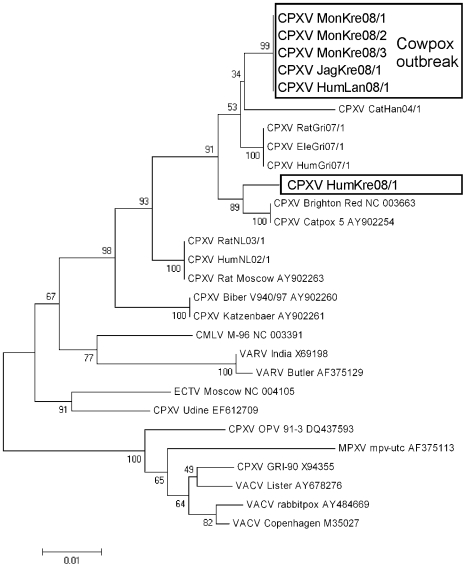Figure 5. Evolutionary relationships of orthopoxvirus isolates from the outbreak described here and orthopoxvirus reference strains.
The evolutionary history was inferred using the Neighbor-Joining method [27]. The optimal tree with the sum of branch length = 0.28120272 is shown. The percentage of replicate trees in which the associated taxa clustered together in the bootstrap test (500 replicates) is shown next to the branches. The tree is drawn to scale, with branch lengths in the same units as those of the evolutionary distances used to infer the phylogenetic tree. The evolutionary distances were computed using the Maximum Composite Likelihood method and are in the units of the number of base substitutions per site. Codon positions included were 1st+2nd+3rd+Noncoding. All positions containing gaps and missing data were eliminated from the dataset (complete deletion option). There were a total of 753 positions in the final dataset. Phylogenetic analyses were conducted in MEGA4.

